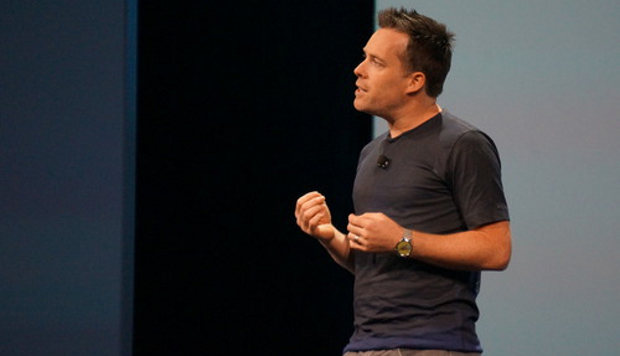Android die-hards will have a lot to like in the next update to Google’s mobile operating system, code-named Android M.
Dave Burke, vice president of engineering for Android, gave developers a first glimpse at M during a keynote at the Google I/O conference Thursday. Calling it Google’s “most polished Android release to date,” he said that M is focused on improving the core user experience of the mobile OS.
Google has overhauled the permissions system in Android with the new release. Specifically, Android M apps won’t ask for a smorgasbord of permissions up front when users first install an app. Instead, apps will query users when they try to use a feature that requires a permission. Users will be able to allow or deny individual permissions when they’re requested, and turn them on or off at will.
Those changes should make it easier for developers to get users to update their apps, since updates won’t require users to approve new permissions. It should also cut down on people fretting about permissions that may not make sense at first blush, like Facebook Messenger requesting microphone access. The messaging app uses the microphone to power its voice calling feature, but doesn’t use it otherwise. Under the new permissions model, Messenger users won’t be asked for microphone access until they place a call for the first time.
The update also includes system-level support for fingerprint sensors, which will standardise development for phones with those sensors. That will come in handy for Android Pay, a new mobile payments system due later this year. It works with operating systems as old as the Android 4.4 KitKat release, but Android M users will be able to pay using their fingerprint in a manner similar to Apple Pay.
The fingerprint support will also make it easier for Android developers to build apps that authenticate using the sensor. Rather than require them to build code for individual brands or devices, the tools provided in Android M should make it possible to write one set of fingerprint authentication code that will work across Android M devices.
Dozy
Android M will also improve battery life through a new Doze feature that detects when a device hasn’t been moved for a long time and puts it into a deeper sleep state, waiting to perform certain background tasks. For example, someone might place a tablet on their nightstand before heading out to the office, and pick it up at night to read a book.
On a Nexus 9, Doze doubled the tablet’s standby battery life, according to Google. The device remains connected to the Web and will still wake up to display important push notifications and to sound alarms.
The Android update also gets support for the new USB Type-C standard, so Android device makers can use the new port. Devices with a Type-C connector will be able to charge faster than current hardware. What’s more, Type-C has bidirectional charging capability, meaning an Android phone could act as a spare battery pack for the new MacBook and Chromebook Pixel.
Developers will get a couple more treats as well. A new Chrome Custom Tabs feature will allow them to use Chrome as their in-app browser, meaning users will get access to all of Chrome’s rendering capabilities, saved passwords, AutoFill data and security features.
Developers tying into a web service can also use the new App Links feature to connect users, when they open a web link, with an app that can handle that request. For example, Twitter can claim links to Twitter.com so that users who open them will be automatically redirected to the Twitter app.
Android M also includes smaller improvements, including updates to the volume controls that allow users to control different volume levels for things like alarms and the phone’s ringer. Text selection has also been improved, so that users select words going forward, and deselect by character going backwards.
Developers will be able to download a preview of Android M to the Nexus 5, Nexus 6, Nexus 9 and Nexus Player on Thursday, with a full consumer release coming later.
IDG News Service








Subscribers 0
Fans 0
Followers 0
Followers